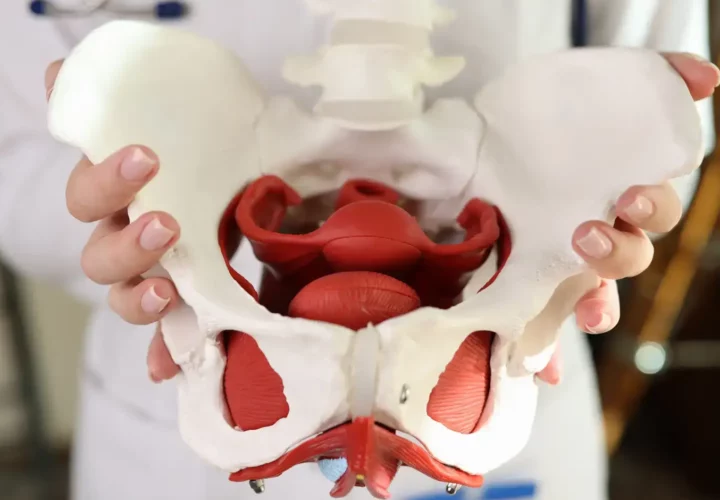One of the leading factors in foot problems with women is wearing high heels. One in ten women will wear high heels three times a week and up to one-third of these women will have permanent problems with their feet from prolonged wear. Other problems can occur too such as ner ve damage, low back pain, osteoarthritis of the knee, bunions, and sciatica. Also, from cramming toes into a narrow heel a woman can permanently damage her leg tendons and get ingrown toenails.
ve damage, low back pain, osteoarthritis of the knee, bunions, and sciatica. Also, from cramming toes into a narrow heel a woman can permanently damage her leg tendons and get ingrown toenails.
The higher the heel the worse the effects are too. When a heel is two inches or above the foot slides forward into the heel which in return forces the toes to take an unnatural shape and fit into the toe box. Not only does this cram the toes together but it redistributes a person’s weight incorrectly. With the increased weight on the toes, the body will lean forward and to offset you lean backwards creating bad posture which strains your low back, knees, and hips. Because the spine changes position the nerves now have pressure on them and this can cause sciatica. Sciatica is when the nerves are trapped which triggers pain and numbness all the way down to the feet.
However, there are ways to wear high heels and be safe. If you want to wear high heels for work but have a long walk, wear a different pair of shoes into work and then change into your high heels once you arrive. Reserve high heels for special occasions such as weddings, formals, and business parties. If you wear high heels all day take some time throughout the day to slip them off and stretch your feet out for a few minutes and relax. When stretching your foot, make sure to wiggle the toes out and spread them apart. Also, you can take a book or a binder of one inch and place the ball of your foot on the binder/book and your heel on the ground then lean into it. This helps stretch the arch of your foot.
When shopping for a pair of high heels, the best ones to go with are high heels with a platform sole, a thicker heel block, ones shorter than 2 inches, and ones that fit and hold your foot firmly in place. A platform sole reduces the angle between the ball of the foot and the heel. The thicker heel block helps a person reduce the risk of spraining their ankle. With a platform sole and a thicker heel block, a person’s weight is also distributed more evenly. When the foot fits firmly in the heel of the shoe, there is no chance of the foot sliding in the high heel or there being friction. Friction between the high heel and skin can cause bleeding, blisters, and ripped nails.
Knowing how to properly pick out a pair of high heels is important. If you feel led to wear high heels remember to take them off throughout the day, letting the foot breathe and giving it a nice little stretch.
Article Written By: Beth Ann M.


